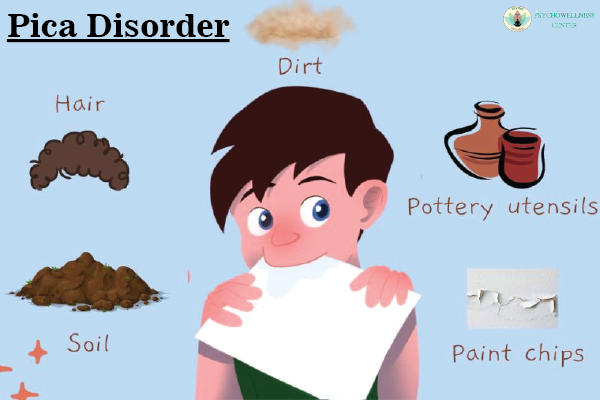Molecular Biomarkers for Pediatric Depressive Disorder

Depressive disorders, often referred to as depression, represent a complex array of mental health conditions characterized by persistent feelings of sadness, hopelessness, and disinterest in activities. While depression is commonly associated with adults, it also affects children and adolescents, presenting unique challenges in diagnosis and treatment. In recent years, research has delved deeper into identifying molecular biomarkers to aid in the understanding and management of pediatric depressive disorders.
Pediatric Depressive Disorder: An Overview
Pediatric depressive disorder, commonly known as childhood or adolescent depression, is a significant mental health concern affecting young individuals. Unlike occasional mood swings or temporary feelings of sadness, pediatric depressive disorder involves persistent and severe symptoms that interfere with daily functioning and overall well-being. Children and adolescents experiencing depression may exhibit changes in appetite or sleep patterns, withdrawal from social activities, academic decline, and even thoughts of self-harm or suicide.
Role of Biomarkers in Pediatric Depressive Disorders
Biomarkers play a crucial role in the identification, diagnosis, and treatment of various medical conditions, including psychiatric disorders like depression. In the context of pediatric depressive disorders, biomarkers refer to measurable indicators, such as genetic variations, protein levels, or brain activity patterns, that provide insights into the underlying mechanisms of the condition. By identifying biomarkers associated with depression in children and adolescents, clinicians can improve diagnostic accuracy, predict treatment response, and develop targeted interventions.
Research Insights into Pediatric Depressive Disorders
Studies have shown a concerning increase in the prevalence of pediatric depressive disorders in recent years. According to research published in reputable journals such as the Journal of the American Academy of Child & Adolescent Psychiatry and the Journal of Pediatrics, rates of depression among adolescents have steadily risen, with various factors contributing to this trend. Social media use, academic pressure, family dynamics, and exposure to traumatic events are among the numerous factors implicated in the rising rates of pediatric depression.
Differences Between Pediatric and Adult Depression
While pediatric and adult depression share common symptoms, there are notable differences in how these conditions manifest and are managed. In children and adolescents, depression may present with irritability, somatic complaints (such as headaches or stomachaches), and behavioral problems, which can complicate diagnosis. Additionally, the developmental stage of the individual influences treatment approaches, with psychotherapy and family interventions often playing a central role in pediatric cases.
Molecular Biomarkers for Pediatric Depressive Disorders
Recent advancements in molecular biology and neuroscience have led to promising discoveries regarding biomarkers for pediatric depressive disorders. Researchers have identified genetic variations associated with an increased susceptibility to depression in children and adolescents. Additionally, alterations in neurotrophic factors, such as brain-derived neurotrophic factor (BDNF), have been implicated in the pathophysiology of pediatric depression. Furthermore, imaging studies have revealed structural and functional changes in the brains of young individuals with depression, offering valuable insights into the neural correlates of the disorder.
Conclusion
Pediatric depressive disorders represent a significant public health challenge, with implications for the long-term well-being of affected individuals. By leveraging molecular biomarkers, clinicians and researchers can enhance our understanding of the underlying mechanisms of pediatric depression, leading to improved diagnostic accuracy and personalized treatment approaches. However, further research is needed to validate and translate these biomarkers into clinical practice, ultimately enhancing outcomes for children and adolescents struggling with depression.
References:
- American Psychiatric Association. (2013). Diagnostic and statistical manual of mental disorders (5th ed.). Arlington, VA: American Psychiatric Publishing.
- Costello, E. J., Copeland, W., & Angold, A. (2011). Trends in psychopathology across the adolescent years: What changes when children become adolescents, and when adolescents become adults? Journal of Child Psychology and Psychiatry, 52(10), 1015–1025.
- Kovacs, M., & Lopez-Duran, N. L. (2010). Prodromal symptoms and atypical affectivity as predictors of major depression in juveniles: Implications for prevention. Journal of Child Psychology and Psychiatry, 51(4), 472–496.




SHARE